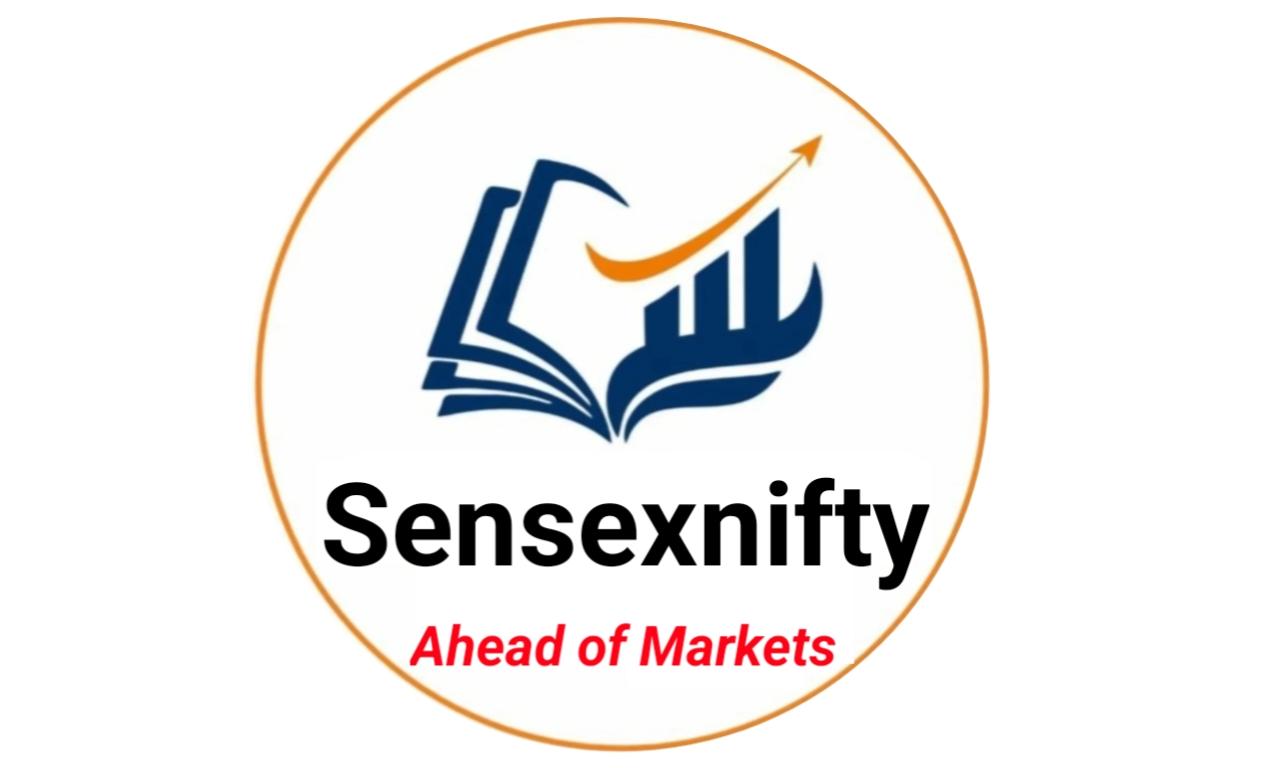
The U.S. stock market is experiencing a severe downturn, with major indices collapsing amid surging inflation fears and escalating trade war tensions. The Dow Jones Industrial Average dropped 618 points (1.46%), the S&P 500 fell 100 points (1.77%), and the Nasdaq Composite declined 445 points (2.50%) in today's trading session.
Key Drivers Behind the Market Decline
1. Rising Inflation Concerns
Long-term inflation expectations have climbed to 4.1%, marking the highest level since 1993. Meanwhile, short-term inflation forecasts have doubled from 2.6% to 5.0% over just three months. The latest Core PCE inflation data for February came in at 2.8%, exceeding expectations, while January's figures were revised upward to 2.7%. These indicators suggest inflation is accelerating rather than cooling, despite the Federal Reserve's aggressive monetary policy.
2. Trade War Uncertainty
Anticipation of new tariffs has led to a $300 billion trade deficit over two months as businesses rushed to import goods before potential tax increases. The April 2 deadline for reciprocal tariffs, initially seen as a resolution point, has instead heightened market anxiety. The S&P 500 has reversed over 180 points in three days as investors grow increasingly concerned about prolonged trade tensions.
3.Deteriorating Consumer and Business Sentiment
U.S. gold imports reached a record $30.4 billion in January, twice the peak levels seen during the 2020 pandemic, signaling growing demand for safe-haven assets. At the same time, consumer sentiment has fallen to its lowest point since the 2022 bear market, with the sharpest monthly decline since March 2020. Businesses are also stockpiling inventory in anticipation of further supply chain disruptions and price increases.
Market Outlook
The combination of persistent inflation, trade conflicts, and weakening economic confidence has raised fears of stagflation—a scenario where prices rise even as growth slows. Investors are closely watching for the Federal Reserve's next move, with potential outcomes including:
- Further interest rate hikes if inflation remains elevated
- Continued market volatility as trade tensions escalate
- A shift toward defensive assets like gold and bonds
The current market environment suggests heightened risk and potential for further declines. Traders should remain cautious, diversify portfolios, and monitor upcoming economic data for signs of stabilization or further deterioration.
For ongoing analysis and real-time updates, visit sensexnifty.com.
Sources: Bloomberg, U.S. Commerce Department, Federal Reserve Economic Data
Disclaimer: This content is for informational purposes only and not intended as financial advice.




